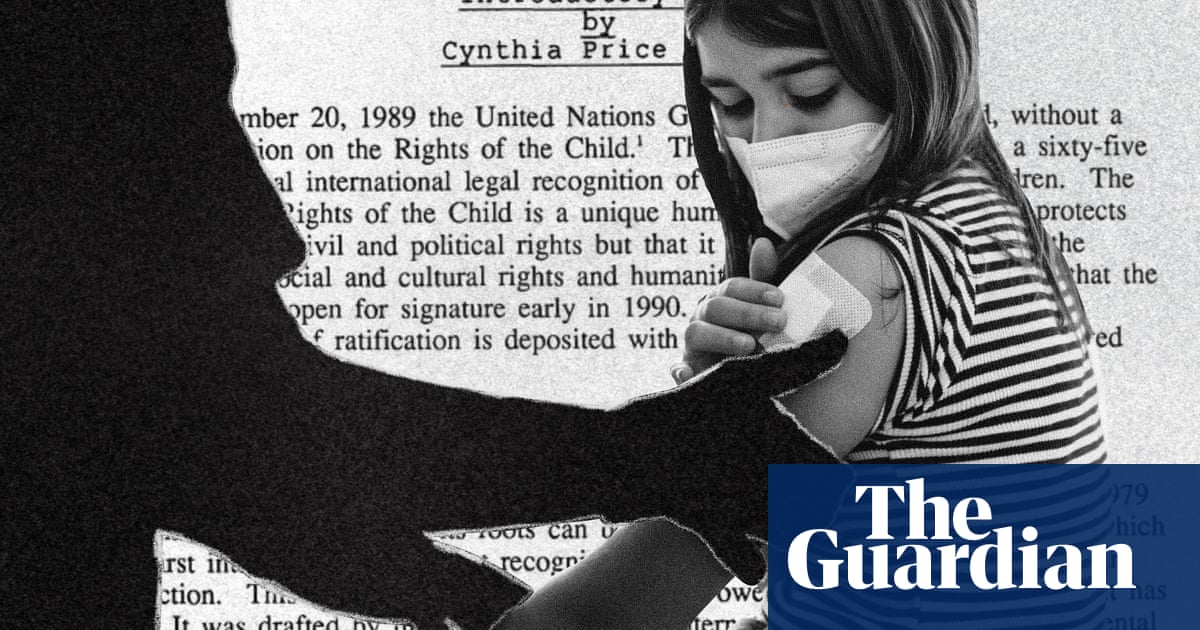Understanding Youth Healthcare Access: A Comparative Look
Introduction to Youth Clinics
In Sweden, youth clinics, known as Ungdomsmottagningar, serve as safe havens for teenagers seeking guidance on a variety of health issues. Midwife Lisa Isman plays a crucial role in introducing eighth-graders to the clinic’s services each school year. Her tours provide insights not just into the physical space—complete with bright couches and engaging literature—but also into the empowering ethos that this healthcare model promotes.
A Space for Adolescents
Upon entering the youth clinic, students are welcomed by colorful waiting rooms stocked with young adult novels, pamphlets on sexual wellness, and even an eye-catching “kondomeria,” where condoms are playfully arranged like action figures. This vibrant atmosphere contrasts sharply with many typical healthcare settings, aiming to make young individuals feel comfortable discussing sensitive topics, from puberty and contraception to mental health concerns.
Empowering Choices
A core message from Isman is the importance of autonomy. From ages 12 to 22, Swedish youth can make their own healthcare decisions, choosing to book appointments independently of parental involvement. This approach is crucial in emphasizing their right to access services, thereby fostering a culture of informed decision-making among young people.
Legal Backing in Sweden
The foundation of youth access to healthcare is strengthened by Sweden’s commitment to the UN Convention on the Rights of the Child, which is becoming law in the country. This legal backing ensures that healthcare for children is not merely an option but a guaranteed right, underscoring the need for accessible care for all youth, regardless of their circumstances.
The Contrast with the U.S.
In stark contrast, the United States lacks a similar framework for guaranteeing healthcare access to children. The ongoing federal budget discussions reveal proposed cuts to vital programs like Medicaid and the Children’s Health Insurance Program (CHIP), which collectively support millions of low-income families. Experts highlight that while these programs are essential, they do not establish an inviolable right to healthcare, putting them at risk during budget negotiations.
The Impact of Legislation
Jonathan Todres, a law professor specializing in children’s rights, elucidates the repercussions of this lack of a legal guarantee. With children representing a significant portion of the U.S. population, it’s concerning that only about 10% of federal spending is allocated to youth. This disparity poses long-term threats to children’s health and well-being, which can perpetuate cycles of disadvantage.
The UN Convention’s Significance
Though the UN Convention on the Rights of the Child was adopted in 1989, the U.S. has yet to ratify it, despite having played a significant role in its creation. This absence raises questions about the U.S. commitment to children’s rights and its implications for health and education policy. Todres points to a complex interplay of historical reluctance to embrace international treaties and a pervasive “culture war” that pits parental rights against the rights of children.
Parental Rights and Societal Implications
The parental rights movement in the U.S. has often influenced public perception and policy, especially concerning education and healthcare access for children. Critics argue that this movement sometimes constrains children’s rights, particularly around sensitive subjects like sexuality and mental health. Isman highlights the pushback from some parents against open discussions about health topics at her clinic, showcasing the tension between parental control and young people’s rights to make informed decisions about their health.
Challenges in Accessing Care
While Sweden’s youth clinic model enables young individuals to access services like birth control and mental health counseling without parental consent, similar provisions in the U.S. often face legal and social hurdles. Todres notes that contentious issues like abortion and gender-affirming care dominate public discourse, overshadowing broader health needs that align with parental desires for their children’s safety and well-being.
The Broader Conversation on Rights
Barnert emphasizes that a true right to healthcare means ensuring every child receives necessary care, including preventive and emergency services. The human rights framework of the UN Convention addresses numerous barriers to healthcare access, such as transportation, affordability, and social stigma, elements that frequently obstruct the health and well-being of youth in the U.S.
Toward Local Solutions
Although the likelihood of the U.S. ratifying the UN Convention anytime soon remains slim, some cities are taking initiative. Local “children’s bills of rights” in places like Portland and Santa Cruz signal growing recognition of the need for protective measures for youth healthcare. As children’s healthcare hangs in the balance during budget discussions, advocates argue for the necessity of framing healthcare access as a fundamental right.
This exploration of youth healthcare access across two distinct systems highlights the critical intersection of rights, policy, and cultural norms. The experiences of young people in Sweden present a model for promoting health autonomy, a stark contrast to the evolving challenges faced by youth in the United States.


